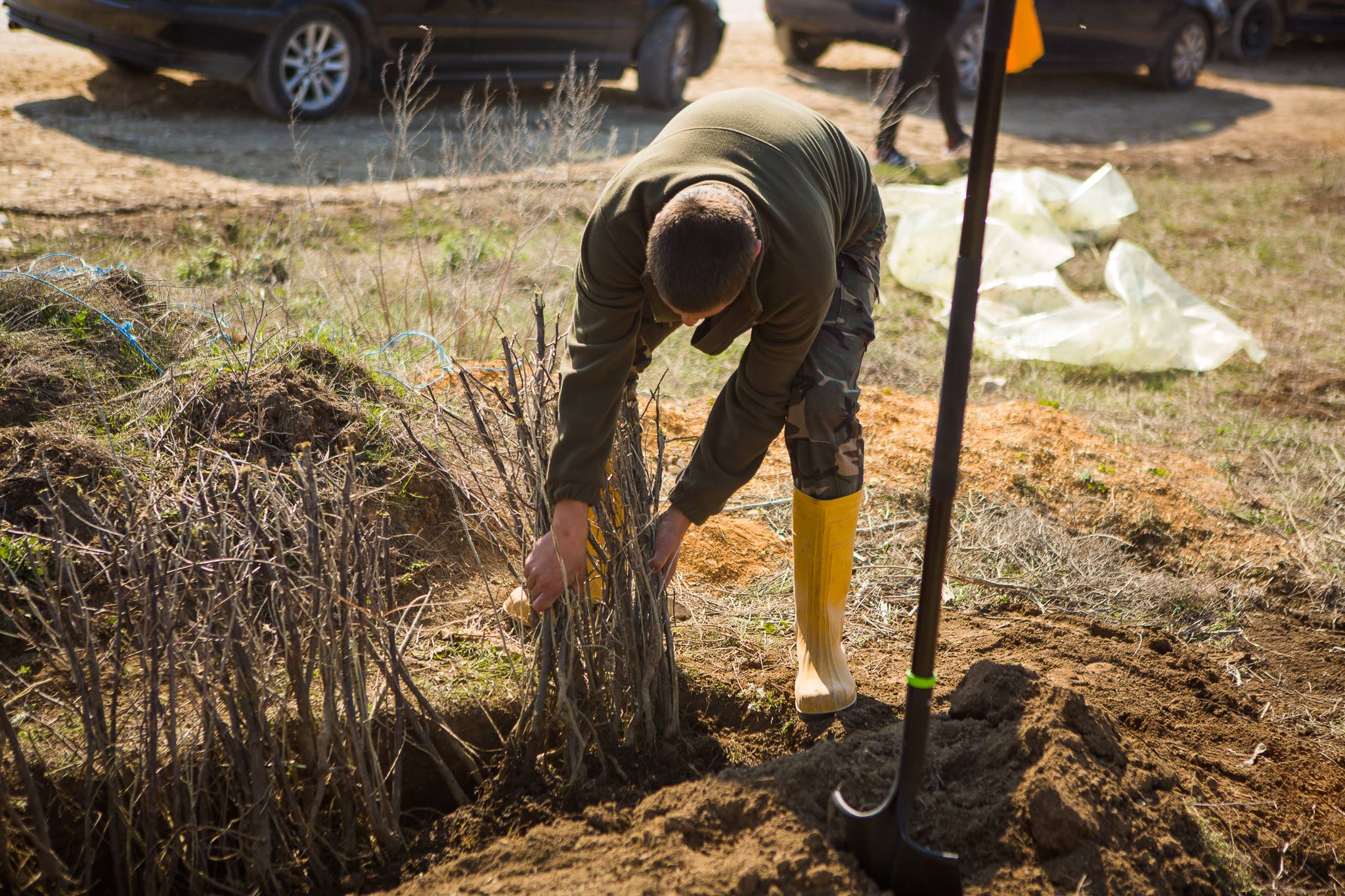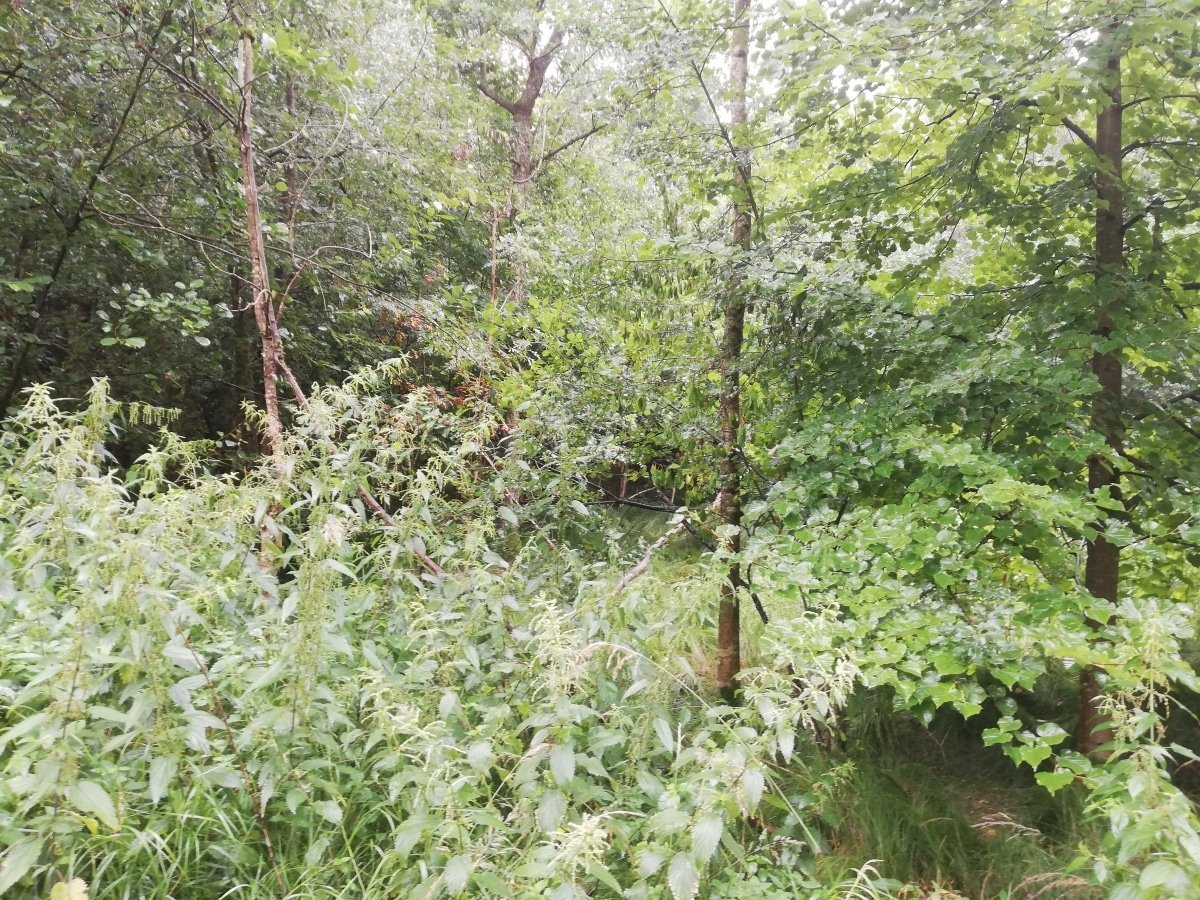
About Decarbonizing Europe
What does the Recovery and Resilience Facility entail?
The European Commission has made available an amount of 723.8 billion euros
to combat the consequences of the corona crisis and make Europe greener, cleaner, and future-proof. All member states have the opportunity to submit plans for disbursement from this Recovery and Resilience Facility.
Who is participating in the Recovery and Resilience Facility?
All the member states of the European Union. All member states? No, The Netherlands has not submitted plans as yet. Although, it became public knowledge at the end of January that hard work is going on behind the scenes in the Netherlands to secure some of those European billions.
What do the member states have to spend the money on?
At least 37 percent of the funding should be used for making their countries more sustainable and 20 percent for digitalization. In addition, there are also other key points:
– Smart, sustainable and inclusive growth
– Social and territorial cohesion
– Public health, economic, social, and institutional resilience
– Policy for future generations
What else is happening?
Apart from that, the EC has identified several so-called flagship areas:
– Power up
– Renovate
– Recharge and Refuel
– Connect
– Modernise
– Scale-up
– Reskill and upskill
What is Innovation Origins planning to do?
Over the next few months, we will be focusing on the implementation of these plans. We will be outlining what each country is doing to reduce CO₂ emissions, and we will be reporting on innovative projects. Infographics will allow you to compare the member states’ efforts with each other.
Walking into a virgin forest is a privilege nowadays. Hearing the bird sing, bugs buzzing around and seeing edible mushrooms and wild berries on every step of the way. Due to the extensive amount of illegal logging and deforestation actions, Romania is gradually losing its precious forests. The government is taking actions however the pace might be too slow. Plantăm fapte bune în România (PFBRo) is a group of enthusiastic people working on planting young forests to try to balance out the loss accumulated over the years.
Breathing mountainside
Unlike other sectors, where carbon makes a one-way trip to the atmosphere, forests act as a two-way highway, absorbing CO2 when standing or regrowing and releasing it when cleared or degraded. Worldwide forests absorb twice as much CO2, then they release every year. Therefore, their importance is unquestionable.

In the last 3 decades the deforestation and afforestation actions were side by side shaping the landscape of Romania. Unfortunately, the deforestation and illegal logging actions were causing 500.000 hectares of loss from the protected forests. The government is very well aware of this issue and takes the necessary steps to regain the forest ecosystem which is thought to be lost.

Currently, the Ministry of Environment, Waters and Forests is working on a new National Forest Strategy, that will take into consideration the relevant measures form EU Forest Strategy 2030 and other programmatic documents that were adopted in the last years across Europe.

“Not the money was the reason for decreasing the afforested area in the last years, but mainly the issues related with the property fragmentation, especially in the case of the agricultural lands that were targeted to be afforested,” says Dr. Mihai Enescu, forest engineer at PFBRo. The other cause of the slow process is that the forestry system in Romania is rather focused on natural regeneration of the forests than on artificial way (i.e. by planting). By natural regeneration, the foresters are harvesting the forests step-by-step, making space for the naturally installed seedlings to develop and to form the new forests.
Tracking illegal logging through an app
“In the last 10 years, the public attention on forests increased, which is a very good thing!” says Dr. Mihai Enescu. He believes that the public should address this topic knowing the difference between illegal logging, deforestation and legal clearcutting.
Deforestation, which represents the action of harvesting the trees, followed by changing the destination of the land, is now forbidden in Romania. Illegal logging is a “phenomenon which still exists, but decreased,” says Mihai Enescu. The large areas which were affected by illegal logging 15-20 years ago are well known by the authorities. In 2014 the Ministry of Environment, Waters and Forests launched a new wood tracking system, called SUMAL, so that anybody could check if a wood transport is legal or not.
10.000 hectare is afforested every year
The initiative of PFBRo is constantly motivated to make Romania greener for people to breath cleaner air. They work with volunteers and organize huge planting events. Mihai describes them as a big family. “The community is the place full of joy, determination and desire to do good things,” he says. Volunteers are often coming with their families, bringing children. “This is amazing, since we are aiming for family-joint education.”
Mihai praises the workflow and the smooth teamwork. “Every step is very well planned, and every member of our team knows exactly what to do, starting from land identification, contracts and agreements that should be signed, collecting data needed for making the afforestation technical projects, preparing the seedlings, spades, gloves, water, food etc.”
“For example, in order to plant in March-April, we are starting to prepare all that is needed starting from July-August previously year,” he adds and highlights that in the last decade an area of about 10.000 hectares was afforested every year. “On average, we are planting 5.000 seedlings per hectare, that means around 50 million seedlings.”
From nursery to independent forest

When getting into the planting, the PFBRo team carefully selects the area for the nurseries. “We are focusing on public-owned lands with different degraded phenomena that we aim to stop by afforestation. Also, we usually plant seedling in areas that are poor in forests,” explains Mihai.
They are monitoring all of their plantations until they became young forests that are able to grow independently. The timespan mainly depends on the species of the planted tree. “For example, in the case of black locust, 2-3 years after the planting we are investing resources in taking care of the young plantations. Then, starting with the age of 5 a new forest appears with an average height of 6-7 m. At the opposite pole, there are the oaks, when 5-7 years after planting we have to take care of the young plantations, and just at the age of 10 we can say that we have a new forest,” says Mihai.
The supreme motivation of the volunteers and team members of PFBRo is represented by the results, since nowadays they can enjoy the share of the forests, they planted starting with 2011.
The educational forest
Every one of their campaigns start with a short technical & educational presentation regarding the species that they will plant. Mihai tells about the weekly online conference they launched in March 2021: “We invited representatives from academia, forestry research institution, forest districts, NGOs, private companies and other relevant stakeholders who provided the public interesting information related to Romanian forests.” All the conferences were recorded and are available on their Facebook and YouTube accounts.
Support us!
Innovation Origins is an independent news platform that has an unconventional revenue model. We are sponsored by companies that support our mission: to spread the story of innovation. Read more.
At Innovation Origins, you can always read our articles for free. We want to keep it that way. Have you enjoyed our articles so much that you want support our mission? Then use the button below:

